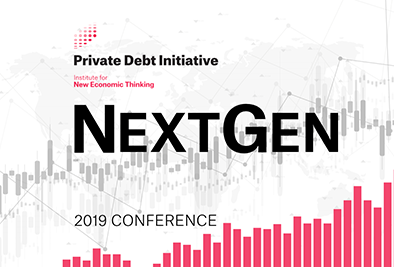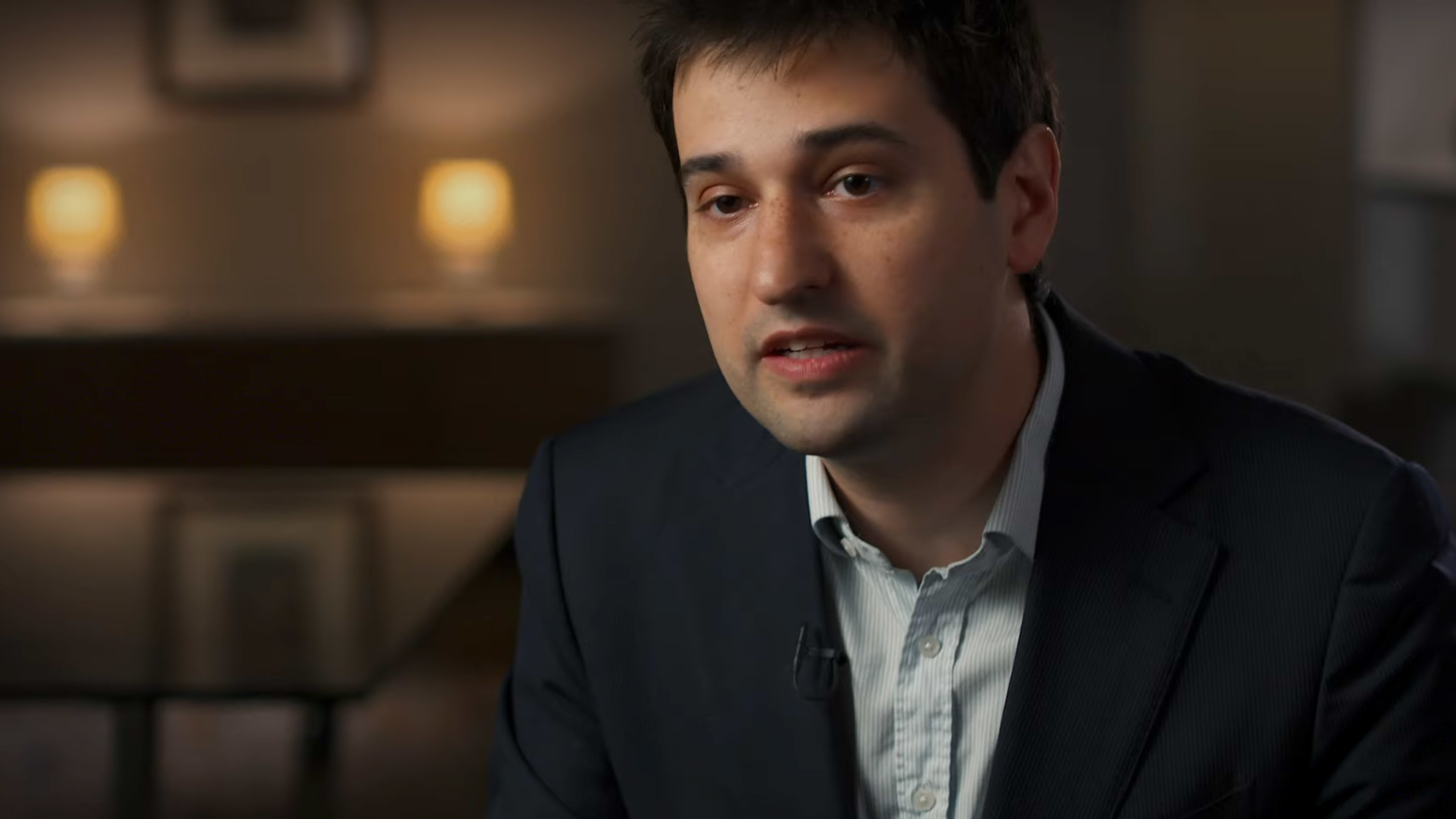Professor Baron studies banking and financial crises. His recent research has focused on credit booms around the world and how they lead to stock crashes and banking crises. His research on high frequency trading has been featured in the New York Times, the Wall Street Journal, Bloomberg Businessweek, and various economics blogs. He was a visiting researcher at the New York Fed, the Federal Reserve Board, and the Commodity Futures Trading Commission. Matt received his Ph.D. in Economics from Princeton University and his B.S. in Mathematics from Yale University.
Matthew Baron

Featuring this expert
MIT News features Baron and Verner’s INET funded research into banking crises
“Panics are not needed for banking crises to have severe economic consequences,” says Emil Verner, the MIT professor who helped lead the study. “But when panics do occur, those tend to be the most severe episodes. Panics are an important amplification mechanism for banking crises, but not a necessary condition.” Indeed, in an ambitious piece of research, spanning 46 countries and going back to 1870, the study surveys banking crises that occurred with and without panics. When there is a panic and bank run, the research finds, a 30 percent decline in banking-sector equity predicts a 3.4 percent drop in real GDP (gross domestic product adjusted for inflation) after three years. But even without any creditor panic, a 30 percent decline in bank equity predicts a 2.7 percent drop in real GDP after three years.” — Peter Dizikes, MIT News
NextGen Private Debt Initiative

Shaped by the 2008 financial crisis, a new generation of economists is expanding the boundaries of economic thinking on credit cycles, private debt, and financial stability.
